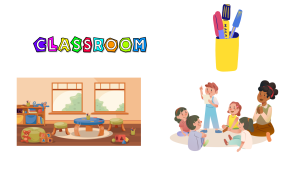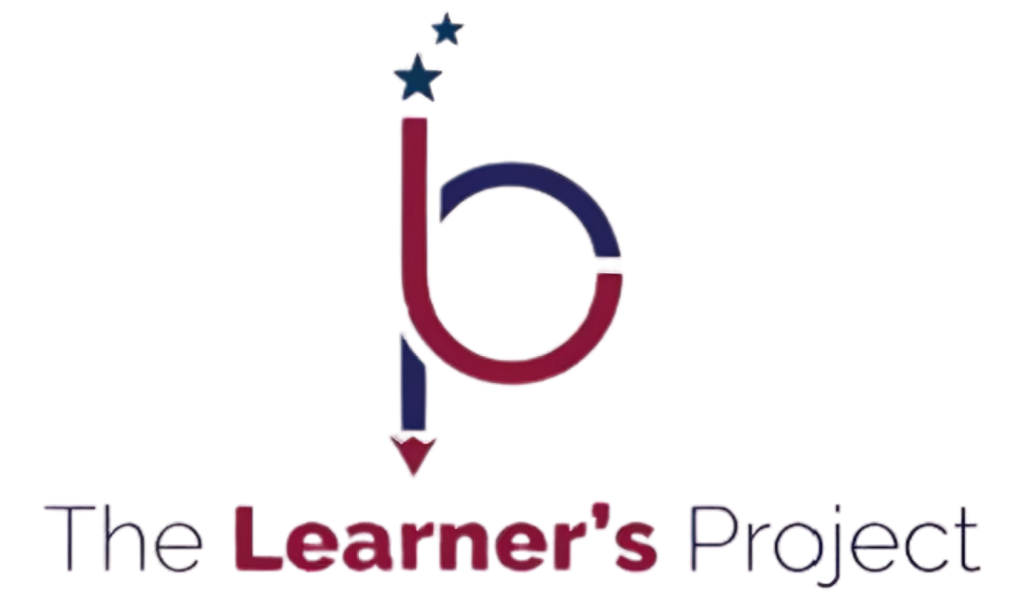Module Objective: To define a personal classroom management philosophy based on research into established models and reflection on individual teaching beliefs and values.
Topic 1: Defining Your Management Philosophy
This topic explores different classroom management models that will inevitably define your personal teaching beliefs.
Take the time to review the article, “Models and Tools of Classroom Management,” to explore classroom management philosophies. Once you’ve read and reviewed the article, return to review other course information before completing this topic’s assignments.
What is a classroom management philosophy? It is a teacher’s reflective statement of their core beliefs about teaching and learning, the classroom environment, and the students they serve. This philosophy serves as a guiding compass for all of your classroom practices, from setting routines to handling student behavior.
Benefits of Defining Your Management Philosophy
-
Provides clarity and consistency: Defining your beliefs helps you establish clear expectations and consistent routines, which are crucial for a productive learning environment.
-
Build stronger relationships: A well-defined philosophy centered on respect and positive interactions strengthens your bond with students, parents, and colleagues.
-
Increases teaching effectiveness: A structured and supportive classroom allows you to focus on meaningful instruction and increase time spent on learning activities.
-
Promotes student growth: By intentionally creating a positive and safe classroom, you help students develop essential life skills like responsibility, collaboration, and self-regulation.
-
Boosts teacher confidence: Having a clear, proactive approach to management helps reduce stress and burnout while empowering you to handle classroom challenges with assurance.
Different Classroom Management Models:
Classroom management models are based on observed practices and psychological principles. Reflecting on these can help you identify what best aligns with your own teaching style. There are 5 types:
-
Authoritative
-
Authoritarian
-
Permissive
-
Laissez-Faire
-
Humanistic/Logical Consequences Model
“Now, let’s take a deeper dive into exploring these models in detail”.
Authoritative
-
Philosophy: This balanced approach combines clear, firm boundaries with high levels of support and warmth.
-
Practice: The teacher sets expectations but also encourages student input and collaboration in creating a shared classroom culture. This style uses positive reinforcement to promote independence and respect.
-
Outcomes: This model is shown to improve student engagement, foster independence, and build mutual respect.
Authoritarian
-
Philosophy: This style prioritizes control and strict discipline with minimal student involvement in decision-making.
-
Practice: The teacher sets and enforces strict rules, with compliance and order as the top priority. This approach is teacher-directed and formal.
-
Outcomes: While effective for maintaining order in classrooms with significant behavioral challenges, this model can suppress student creativity and limit rapport with the teacher.
Permissive
-
Philosophy: This style emphasizes student autonomy and freedom, with very few rules or consistent consequences for misbehavior.
-
Practice: The teacher acts as a facilitator and allows students to explore and express themselves freely. This model requires a high degree of student maturity and motivation.
-
Outcomes: This approach fosters creativity and self-expression but can lead to frequent disruptions and off-task behavior if not combined with occasional boundaries.
Laissez-Faire
-
Philosophy: A hands-off approach where the teacher offers guidance only when requested and relies on students to manage their own learning and behavior.
-
Practice: This style is characterized by minimal teacher intervention and maximum student independence.
-
Outcomes: While it can promote critical thinking, this model risks leading to chaos and a lack of direction, especially with less-disciplined students.
Humanistic/Logical Consequences Model
-
Philosophy: The goal of this model, developed by Rudolf Dreikurs, is to help students take responsibility for their own choices. Consequences are logical and related to the misbehavior.
-
Practice: A student who makes a mess would be required to clean it up. The focus is on mutual respect and empowering students to make good decisions.
-
Outcomes: This model helps students understand the direct link between their actions and the outcomes, promoting accountability and self-correction.
Developing Your Personal Teaching Beliefs
To begin crafting your personal management philosophy, reflect on the following questions and use your answers to form your unique statement:
-
 Your vision: What do you hope your classroom will look and feel like? What kind of climate do you want to create (e.g., collaborative, structured, respectful)?
Your vision: What do you hope your classroom will look and feel like? What kind of climate do you want to create (e.g., collaborative, structured, respectful)? -
Your goals for students: What knowledge, skills, and values should students take away from your classroom? Beyond academics, what life lessons do you want to impart?
-
Your teaching role: How do you see your role in the classroom? Do you act as a guide, a facilitator, or an authority figure?
-
Student role: What level of responsibility and autonomy do you expect students to have? Do you involve them in setting rules and expectations?
-
Learning environment: What are your core beliefs about how students learn best? How will you organize your classroom and activities to support this?
-
Addressing behavior: What is your core approach to managing student behavior? Is it about discipline or helping students grow from their mistakes?
-
Relationships: How will you build positive relationships with students and their families?
-
Professional growth: How do you plan to continue improving your classroom management over time?

